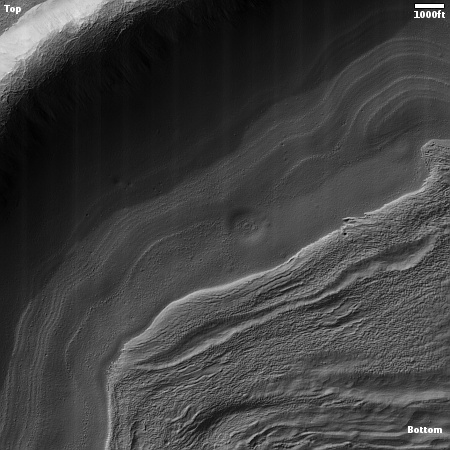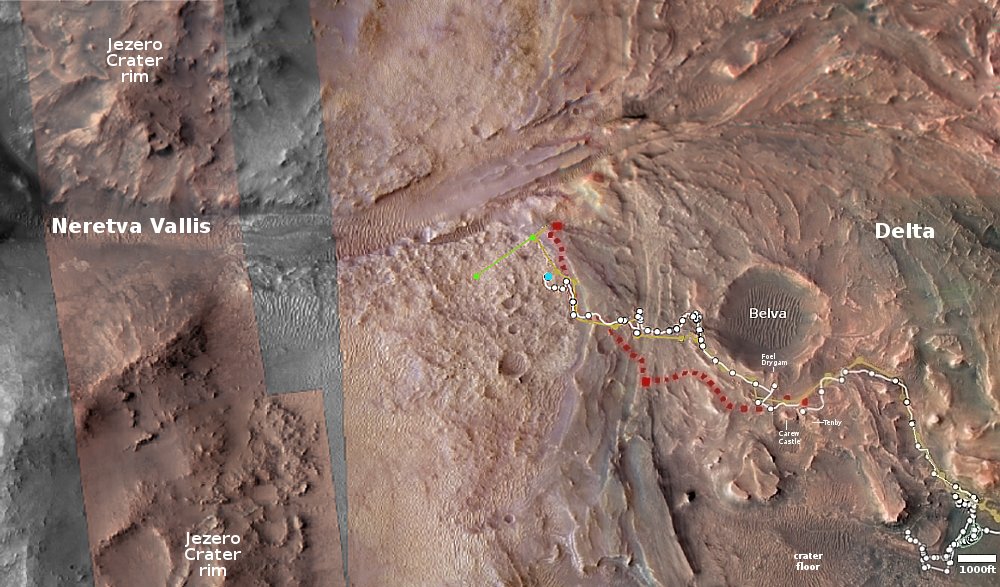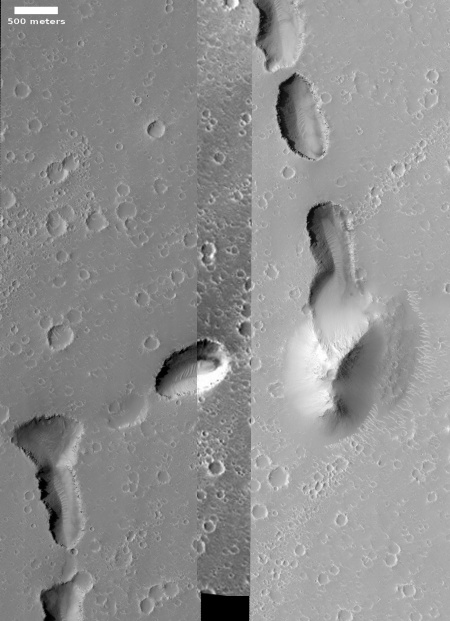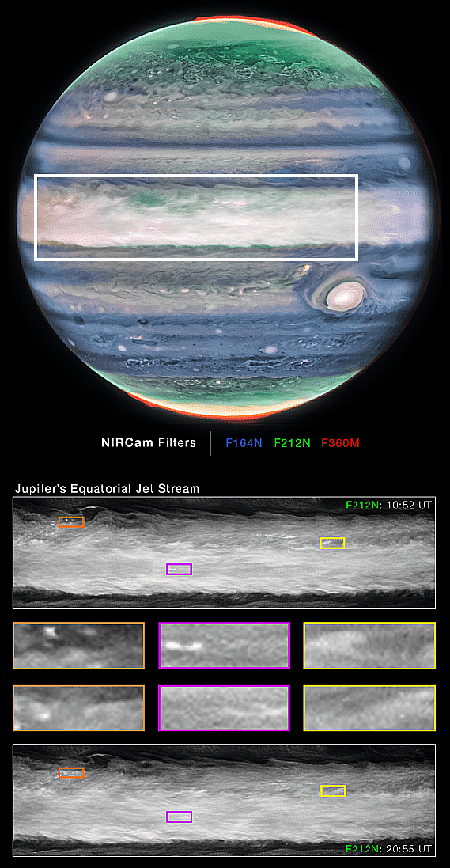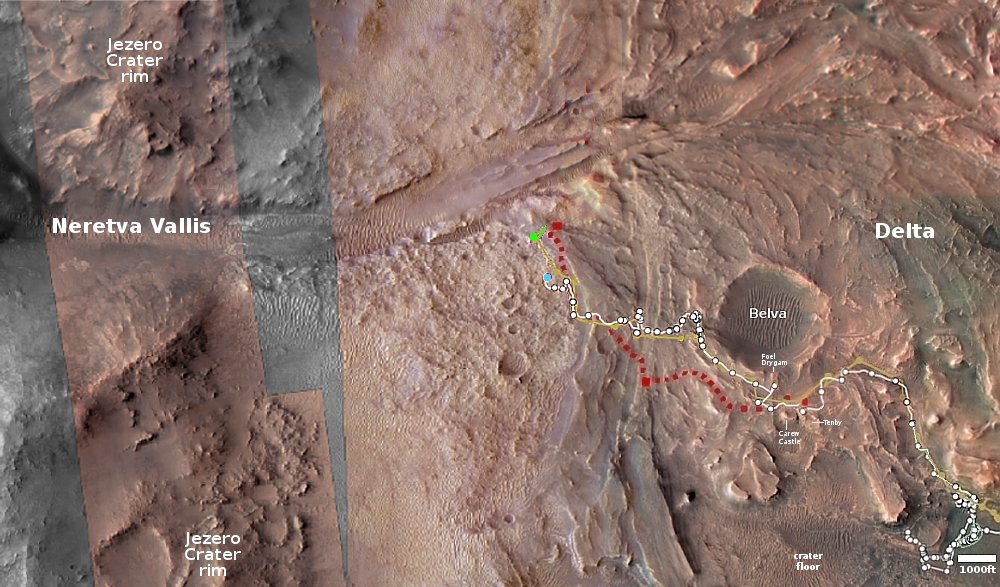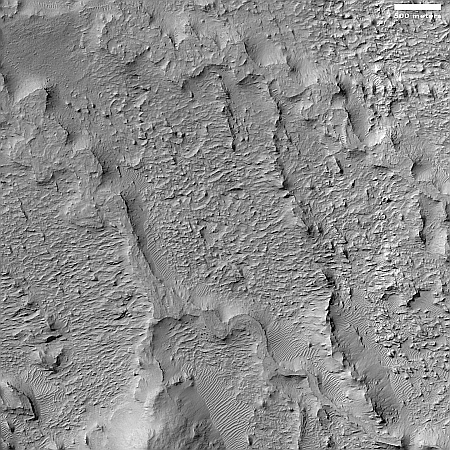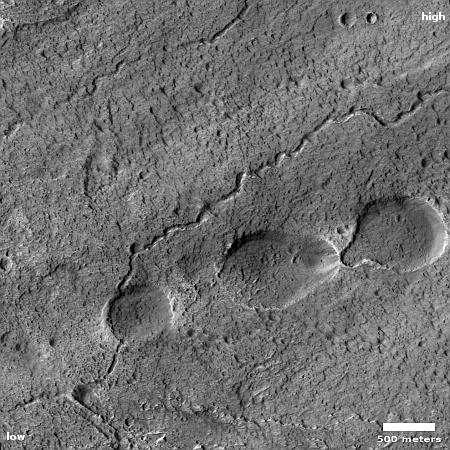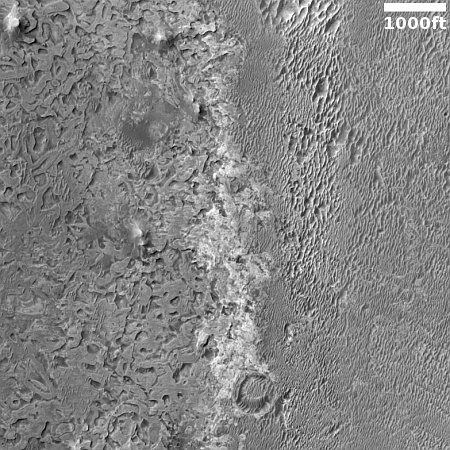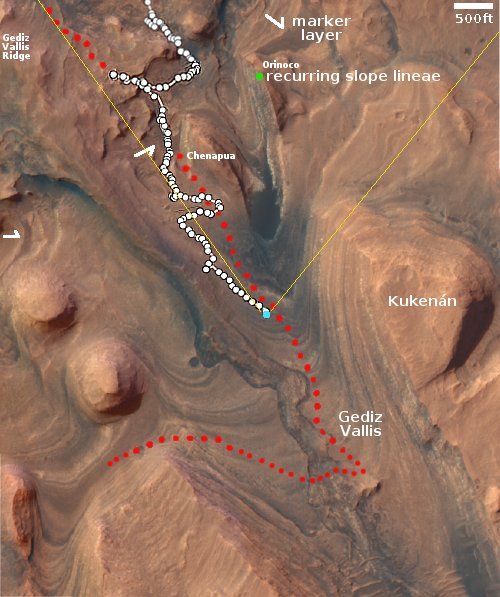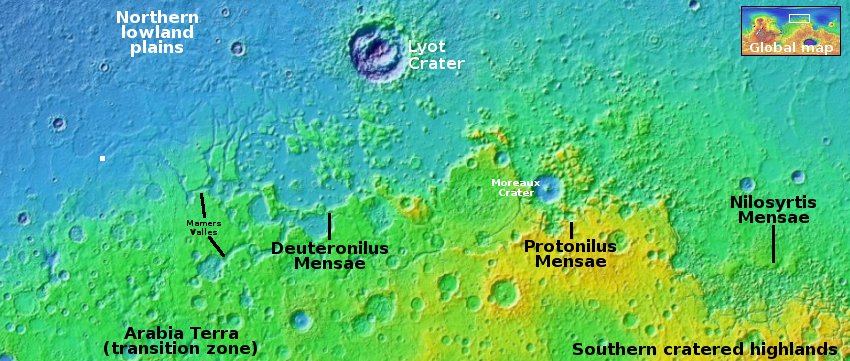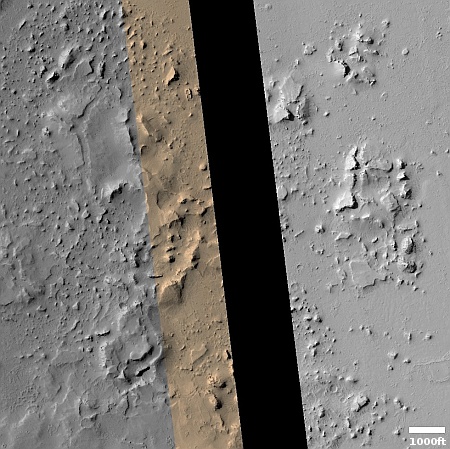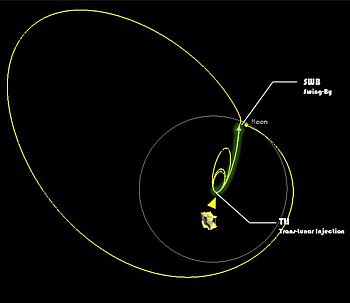Lucy’s first asteroid fly-by coming on November 1st
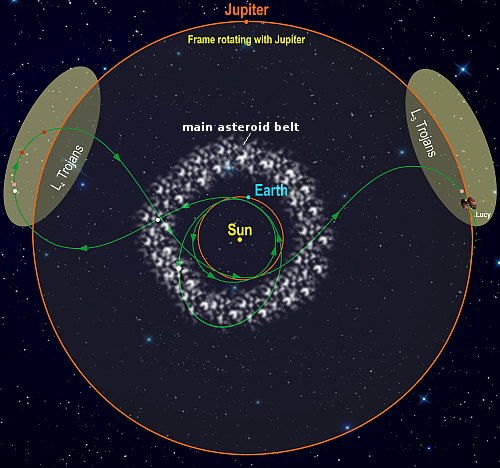
Lucy’s route through the solar system
The asteroid probe Lucy is about to do its first asteroid fly-by on November 1, 2023, the first of a planned ten asteroids it will see close-up during its twelve year mission.
The half-mile-wide asteroid, Dinkinesh, is indicated on the graphic to the right by the white dot in the lower left of the main asteroid belt. It was a late addition to the spacecraft’s plan in order to provide a perfect testbed for doing a dress rehearsal of the many later fly-bys.
As this encounter is intended as a test of Lucy’s systems, scientific observations will be simpler than for the mission’s main targets. The spacecraft and the platform that holds the instruments will move into position two hours before the closest approach to Dinkinesh. Once in place, the spacecraft will begin collecting data with its high-resolution camera (L’LORRI) and its thermal-infrared camera (L’TES). One hour before closest approach, the spacecraft will begin tracking the asteroid with the terminal-tracking system. Only in the last eight minutes will Lucy be able to collect data with MVIC and LEISA, the color imager and infrared spectrometer that comprise the L’Ralph instrument. Lucy’s closest approach is expected to occur at 12:54 p.m. EDT, when the spacecraft will be within 270 miles (430 kilometers) of the asteroid. Lucy will perform continuous imaging and tracking of Dinkinesh for almost another hour. After that time, the spacecraft will reorient itself to resume communications with Earth but will continue to periodically image Dinkinesh with L’LORRI for the next four days.
After this close encounter the spacecraft will return to do a flyby of Earth in 2025 to slingshot it to the orbit of Jupiter, where it will do its main work exploring the Trojan asteroids there. On the way it will fly past a second main belt asteroid, dubbed Donaldjohanson.

Lucy’s route through the solar system
The asteroid probe Lucy is about to do its first asteroid fly-by on November 1, 2023, the first of a planned ten asteroids it will see close-up during its twelve year mission.
The half-mile-wide asteroid, Dinkinesh, is indicated on the graphic to the right by the white dot in the lower left of the main asteroid belt. It was a late addition to the spacecraft’s plan in order to provide a perfect testbed for doing a dress rehearsal of the many later fly-bys.
As this encounter is intended as a test of Lucy’s systems, scientific observations will be simpler than for the mission’s main targets. The spacecraft and the platform that holds the instruments will move into position two hours before the closest approach to Dinkinesh. Once in place, the spacecraft will begin collecting data with its high-resolution camera (L’LORRI) and its thermal-infrared camera (L’TES). One hour before closest approach, the spacecraft will begin tracking the asteroid with the terminal-tracking system. Only in the last eight minutes will Lucy be able to collect data with MVIC and LEISA, the color imager and infrared spectrometer that comprise the L’Ralph instrument. Lucy’s closest approach is expected to occur at 12:54 p.m. EDT, when the spacecraft will be within 270 miles (430 kilometers) of the asteroid. Lucy will perform continuous imaging and tracking of Dinkinesh for almost another hour. After that time, the spacecraft will reorient itself to resume communications with Earth but will continue to periodically image Dinkinesh with L’LORRI for the next four days.
After this close encounter the spacecraft will return to do a flyby of Earth in 2025 to slingshot it to the orbit of Jupiter, where it will do its main work exploring the Trojan asteroids there. On the way it will fly past a second main belt asteroid, dubbed Donaldjohanson.

